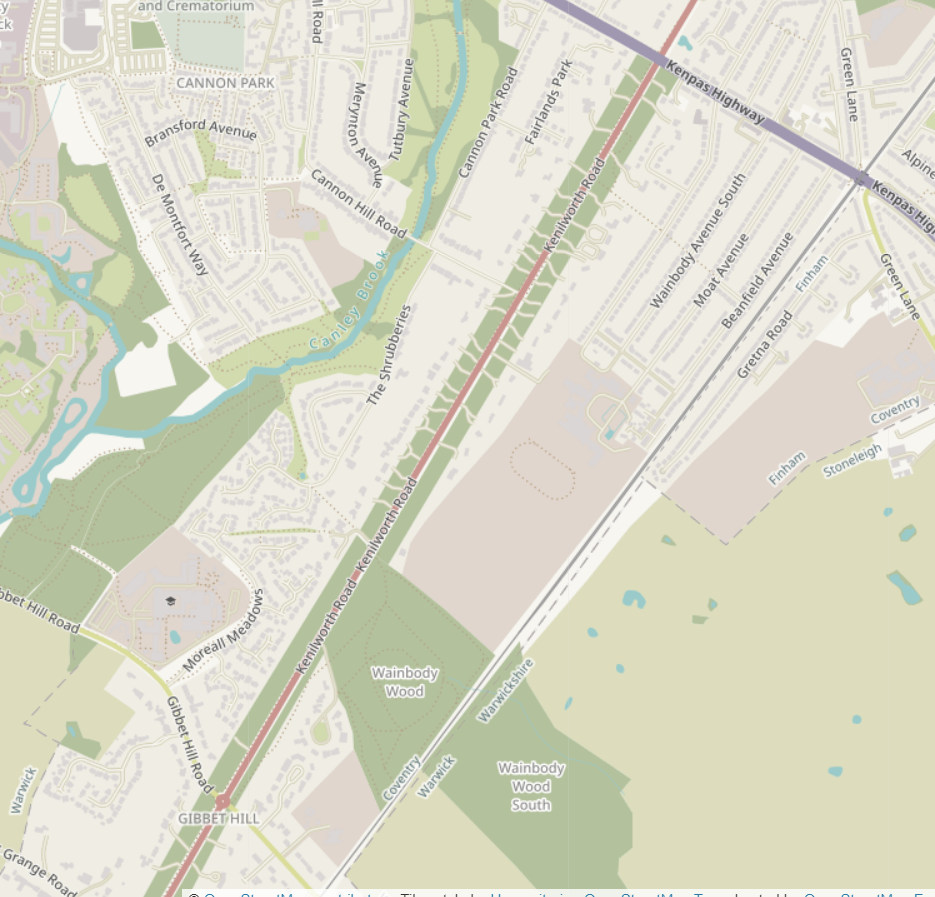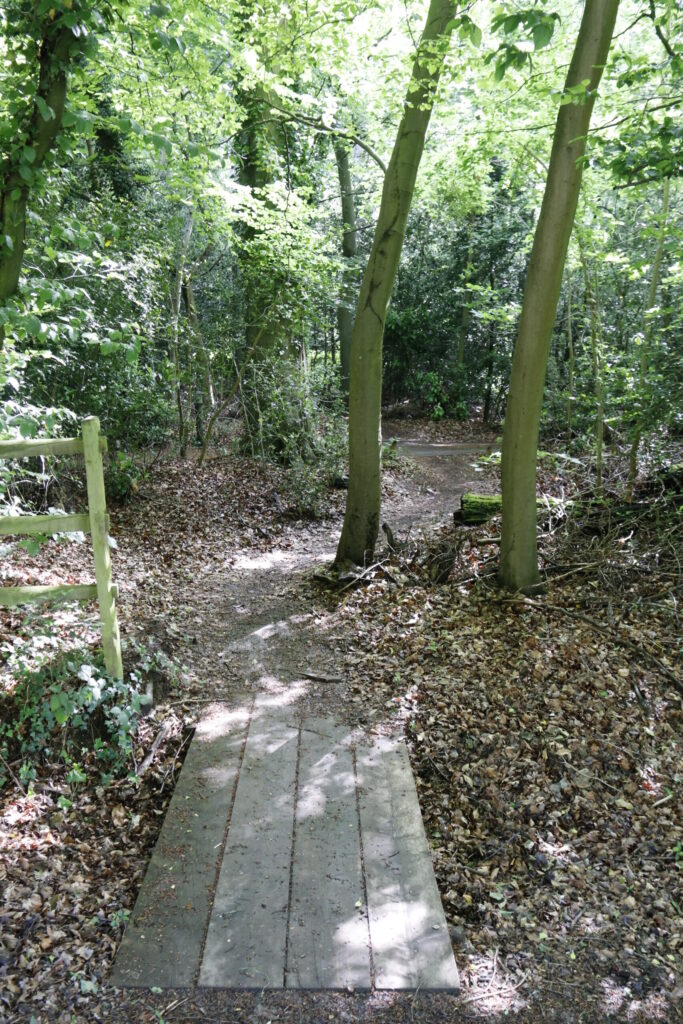Today we have the third episode of Peter Walter’s series of lockdown walks “being a compendium of idle facts, hidden places and meaningless historiana gathered on walks within easy striding distance of the writer’s abode – and beyond”.

In the days when the A45 was all shiny and new, they used to call the junction where the Kenilworth road crosses it ‘the Orange Grove’ because at night the street lights that surrounded the tiny island in the middle always cast a deep yellow glow.
No room for tiny traffic islands now, of course, on this race track of a road that sometimes seems barely restrained by traffic lights. Yet pluck up the courage to cross its heaving lines of traffic and there is a surprise just the other side.
This is million-pound-house country and for many years the owners of Coventry’s most expensive residences were able to plant pillars and gates at the grassy edge of the Kenilworth road and call this woodland strip of Styvechale Common their own, while officialdom turned a blind eye.
Not any longer. There’s now a well-beaten path, recently created by volunteers with city council backing, that winds through the woodland right up to Gibbet Hill on both sides of the road. Many of the gates are still there and one or two are even locked, but this is ancient common land and it feels good to walk it.

On a sunlit April afternoon, the scent of wild garlic is rising and bluebells are waving in the dappled light beneath the trees. For the distance comes the sound of a woodpecker hammering its way into a tree.
Traffic noise aside, there’s something beguilingly timeless about this woodland walk. But Gibbet Hill harbours darker memories of a very different April day.
On a wet morning in April 1765, three men faced the gallows here for the murder of a farmer in a robbery gone wrong. On the scaffold, they cursed the man who’s put them there, the ruthless and self-proclaimed thief-taker John Hewitt. They’d have died in peace, they said, if they could have blown his brains out.
Hewitt had the last laugh. After death their bodies were slathered with tar and for forty years hung in chains from a gibbet erected somewhere on what was then open heathland, close to the old medieval road to Kenilworth.
The site of it has disappeared beneath more than 250 years of growth in what is now Wainbody Wood, a 70-acre mixed woodland that is among Coventry’s lesser known natural assets.
